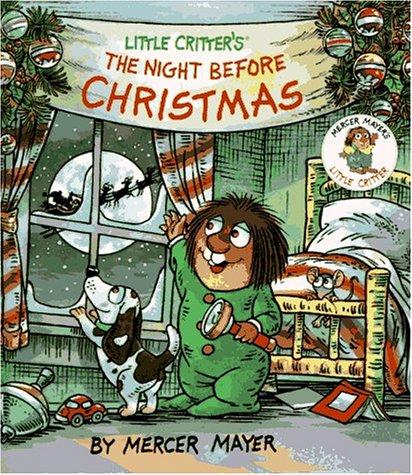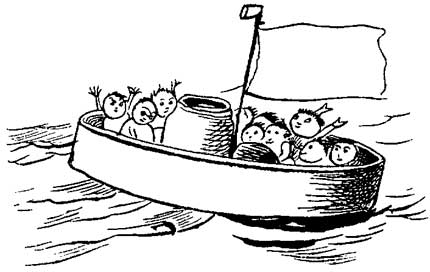When I attended the Dublin Phoenix Convention as a guest last year, I met John Kenny, co-editor of Albedo One magazine. During the convention he solicited a story from me, which I then wrote for the Aeon Press anthology he edited, entitled Box of Delights. Because I had a good experience with him as an editor, I started following the blog he recently began. And he recently wrote a good blog article on submission strategies for writers.
It stood out to me for a number of reasons, one is likely because I find myself in a rather new situation as a long-time submitting writer: I have a number of new stories, and all of them are thirty-to-forty pages long. Most magazines no longer accept story submissions of such length, and those who do typically cut off at 10,000 words. The few remaining either charge a $3 "reading fee" to submit or don't seem really that interested in reading long stories to begin with.
Of course, what writer with half a thought in her head would decide to write long stories ("novelettes", suggests Duotrope) at the very moment everyone else has decided that a story the size of a dead leaf is best?
Needless to say, I've been spending some additional hours thinking about submissions and, in many ways, feel like I'm re-experiencing what it was to send out my stories when I was 15. Except it's not as exciting, the dazzle is gone, I don't save all my rejections in a jean purse, and online form rejection letters are--as I'm noticing--often made to seem like they're not form letters, which makes the task of submitting (and managing them) all the more frustrating.
In the good old days, the rejection form, and its variants, implied a certain code to the writer based on how it was written and signed. Little differently, I would assume, than how a writer's cover letter--its formatting, tone, and content--will say something to the editor about the professionalism, or lack thereof, of the writer.
But in regards to the code of rejection letters: A rejection addressed to "Dear Writer" and signed with a photocopied editor's signature (or simply "The Editors") meant that the story didn't merit more than this. It was just another story, and so the writer would know something about what just happened and how to think about re-submitting. The same rejection letter but with a real signature above the photocopied one meant the editor was sending a sort of compliment. It was a rejection but the editor took the time because of this particular story. And so that would tell the writer something. Thus, a handwritten P.S. on an otherwise form rejection was really something. This is what was meant by "I got a good rejection."
But many magazines are emailing form rejection letters (equal to a photocopied Dear Writer form rejection) but making them look personal. And while I'll save my deeper thoughts on pseudo-personal form rejections for another day, perhaps you can see why automated online rejections that fill the writer's first name into the "Dear" field and the story's title in the Thanks for submitting your story ___________ can be a bit confusing:
It stood out to me for a number of reasons, one is likely because I find myself in a rather new situation as a long-time submitting writer: I have a number of new stories, and all of them are thirty-to-forty pages long. Most magazines no longer accept story submissions of such length, and those who do typically cut off at 10,000 words. The few remaining either charge a $3 "reading fee" to submit or don't seem really that interested in reading long stories to begin with.
Of course, what writer with half a thought in her head would decide to write long stories ("novelettes", suggests Duotrope) at the very moment everyone else has decided that a story the size of a dead leaf is best?
 |
| Image of Writer Submitting Stories Pre-Ebook |
In the good old days, the rejection form, and its variants, implied a certain code to the writer based on how it was written and signed. Little differently, I would assume, than how a writer's cover letter--its formatting, tone, and content--will say something to the editor about the professionalism, or lack thereof, of the writer.
But in regards to the code of rejection letters: A rejection addressed to "Dear Writer" and signed with a photocopied editor's signature (or simply "The Editors") meant that the story didn't merit more than this. It was just another story, and so the writer would know something about what just happened and how to think about re-submitting. The same rejection letter but with a real signature above the photocopied one meant the editor was sending a sort of compliment. It was a rejection but the editor took the time because of this particular story. And so that would tell the writer something. Thus, a handwritten P.S. on an otherwise form rejection was really something. This is what was meant by "I got a good rejection."
But many magazines are emailing form rejection letters (equal to a photocopied Dear Writer form rejection) but making them look personal. And while I'll save my deeper thoughts on pseudo-personal form rejections for another day, perhaps you can see why automated online rejections that fill the writer's first name into the "Dear" field and the story's title in the Thanks for submitting your story ___________ can be a bit confusing:












